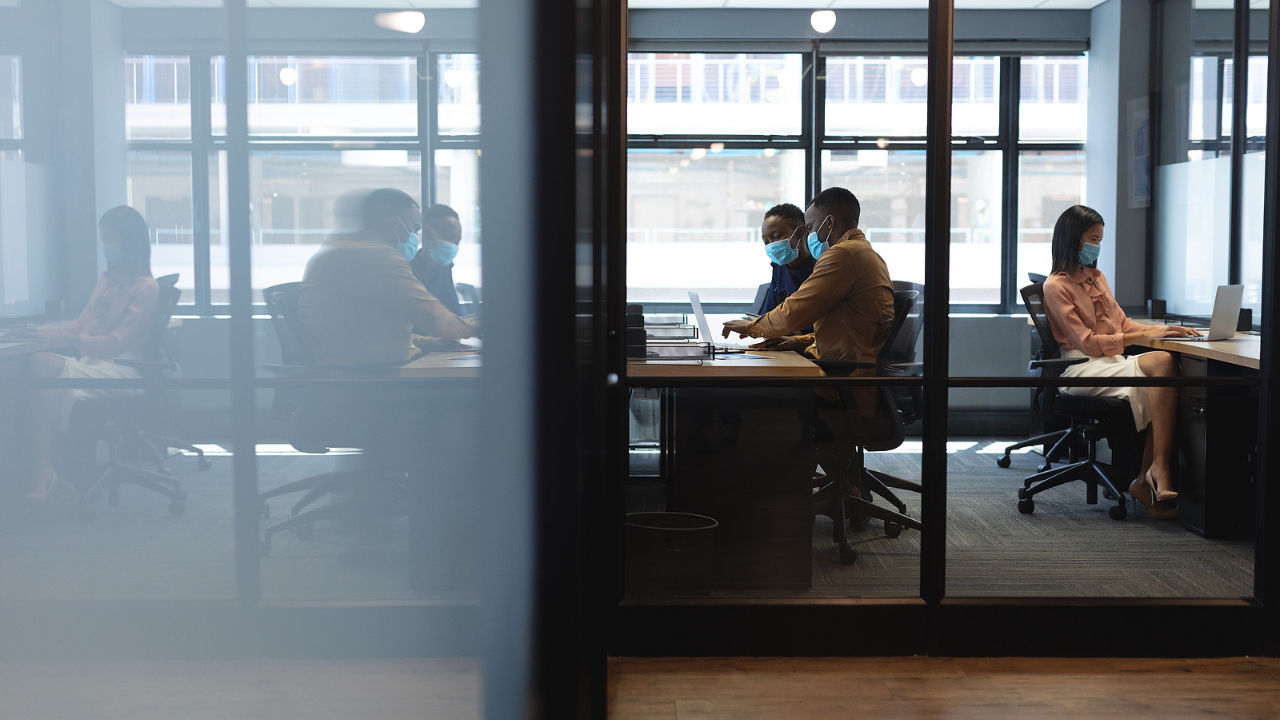As we hit the one-year mark of the WHO declaring COVID-19 a pandemic, working in an office and interacting with colleagues every day seems like a distant memory.
However, as millions of Americans continue to be vaccinated daily, returning to the workspace could be within reach sooner than predicted.
But that doesn’t mean things will return to pre-pandemic normalcy. In fact, it is safer to say the office will never be the same.
Instead, we can expect a more hybrid future for workplaces, meaning the office will need to undergo adjustments in order to accommodate the new future of work.
This is vital as research has actually found that employees want to come back into the office for at least part of the week. Many have expressed missing spontaneous, face-to-face interactions with their colleagues and are experiencing feelings of isolation.
That’s why the office will likely reemerge as a social hub moving forward. Instead of a space where employees come in five days each week to get any and all work done, it will serve as an environment dedicated to collaboration and community.
With this will be the need for new technology that keeps employees safe and occupancy low. Tools like indoor mapping to help eliminate crowded areas and technology that helps increase sanitizing practices will be crucial moving forward.
Additionally, one of the most inevitable changes of the pandemic will be an increasingly flexible workforce that relies on alternative workspace operations.
In fact, research from CBRE found that 86% of companies plan to use flexible space as part of their real estate strategies moving forward.


 Dr. Gleb Tsipursky – The Office Whisperer
Dr. Gleb Tsipursky – The Office Whisperer Nirit Cohen – WorkFutures
Nirit Cohen – WorkFutures Angela Howard – Culture Expert
Angela Howard – Culture Expert Drew Jones – Design & Innovation
Drew Jones – Design & Innovation Jonathan Price – CRE & Flex Expert
Jonathan Price – CRE & Flex Expert











